April 15, 2025 | 22:10 GMT +7
April 15, 2025 | 22:10 GMT +7
Hotline: 0913.378.918
April 15, 2025 | 22:10 GMT +7
Hotline: 0913.378.918
Speaking at the consultation workshop on the application of Information and Communication Technology (ICT) in animal husbandry management and animal diseasesurveillance in Vietnam, held on March 20 in Hanoi by the International Livestock Research Institute (ILRI) in collaboration with the Veterinary Institute (Ministry of Agriculture and Environment), Dr. Dao Ha Trung, Chairman of the Board of TE Food, highlighted the major challenges in livestock data collection in Vietnam.
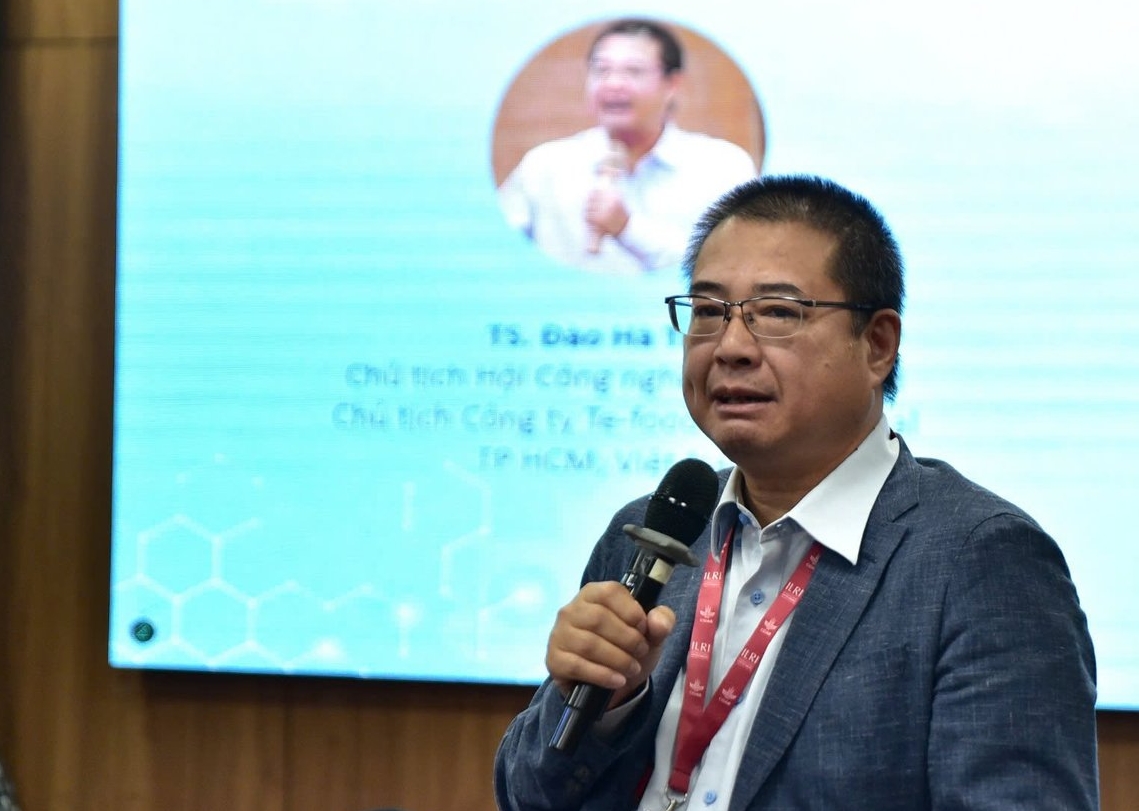
Dr. Dao Ha Trung, Chairman of the Ho Chi Minh City High Technology Association and Chairman of the Board of TE Food, spoke at the consultation workshop. Photo: Kieu Chi.
According to Dr. Dao Ha Trung, Vietnam has unique characteristics, including a vast geographical area, a large number of livestock farms, and a wide variety of animal species. However, limited human resources make disease surveillance challenging. The data collection system mainly relies on farm declarations through phone calls, text messages, Zalo, emails, or paper records, while officials are unable to conduct direct on-site inspections.
Furthermore, regulatory agencies have various reporting requirements, adding pressure on farmers and businesses. Manual data entry is resource-intensive and prone to errors.
According to Dr. Dao Ha Trung, without a comprehensive framework, livestock data management will struggle to achieve high efficiency. Therefore, integrating farms into a 360-degree management system is a prerequisite to ensuring seamless information flow and supporting sustainable livestock farming.
"The government must play the role of a 'conductor' in gathering and synchronizing data. Artificial intelligence (AI) has the potential to assist in data analysis and provide timely warnings, rather than relying on traditional management tools like Excel," Dr. Ha Trung suggested.
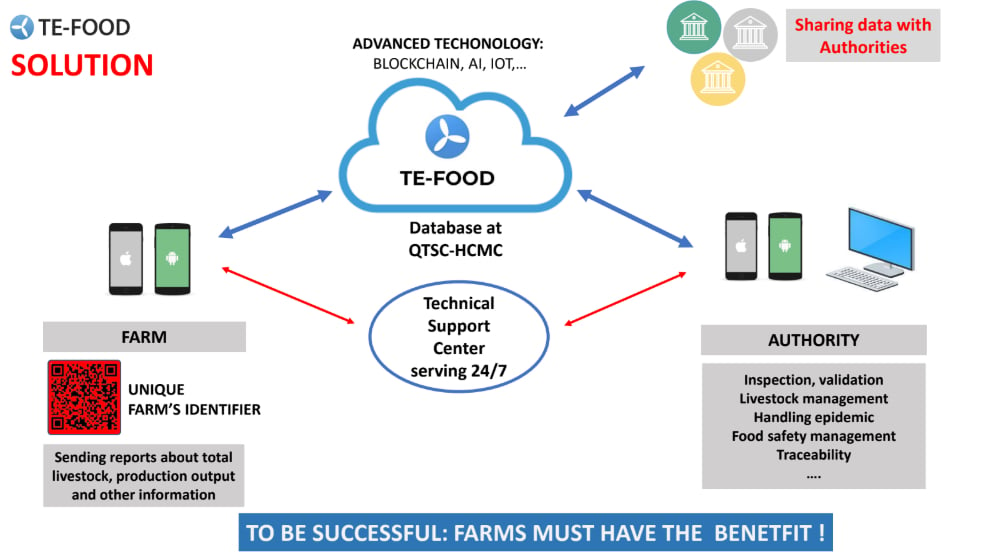
The vision of a 360-degree livestock management system connecting the database center, production facilities, and regulatory agencies. Photo: KC.
Based on this foundation, the TE-FOOD Blockchain System “Livestock and Epidemic Management” system by TE Food has been developed to ensure compliance with the Livestock Law and facilitate accurate, fast farm management. This system monitors livestock populations and updates disease information in real time.
To date, the system has engaged over 7,000 businesses and cooperatives, including more than 4,500 livestock farms, 2,500 distribution units, and hundreds of slaughterhouses, egg processing facilities, and regulatory agencies. As a result, over 21 million pigs have been sold, nearly 19 million pigs have been slaughtered, nearly 14 billion eggs, and 186 million poultry have been transparently and securely introduced to the market.
According to Dr. Tran Lam Sinh, Deputy Director of the Dong Nai Department of Agriculture and Environment, livestock and crop production data need to be digitized and integrated with technology in the declaration process. This would help policymakers guide livestock production and support import-export activities.
A representative of the Dong Nai Department of Agriculture and Environment added that after implementing the declaration initiative, the province has only achieved a modest 40% adoption rate of information technology for management. He emphasized: "Businesses and farmers must participate in declaring total herd management, farm records, licensing, and disease control."
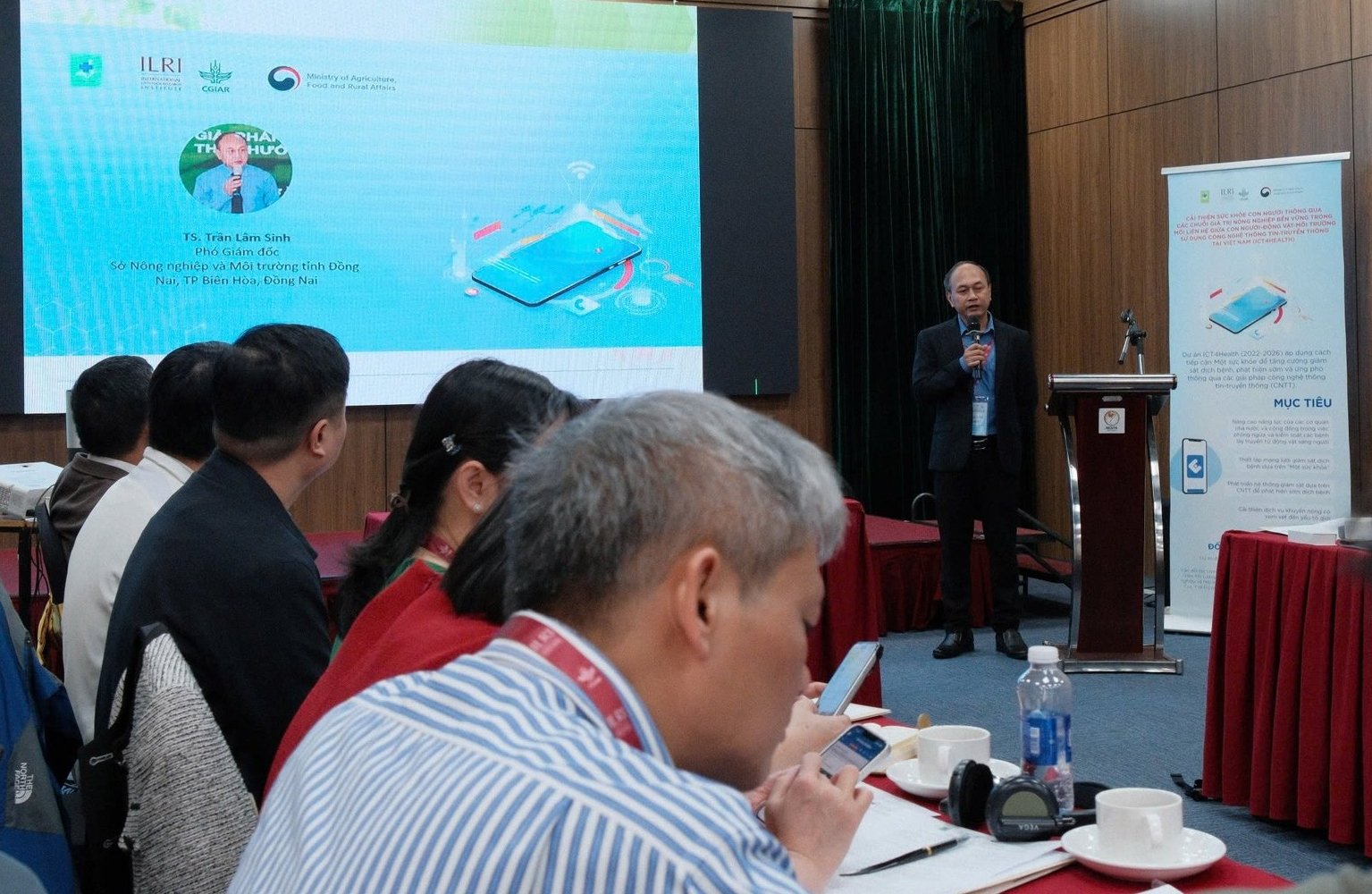
Dong Nai is the first province in the country to implement livestock declaration via a mobile application for livestock establishments. Photo: Quynh Chi.
The TE-FOOD Blockchain system can be conveniently downloaded to mobile phones for easy declaration, data sharing, and connectivity. It fully complies with legal regulations on livestock management and meets the requirements of Circular No. 18/2023/TT-BNNPTNT.
In 2025, updates on incidents, the number of deaths, and images of deceased livestock are essential for timely disease detection, yet the monthly rate of new declarations has not reached 100%.
"Livestock establishments have not fully recognized the benefits of using software for herd declaration. The collected livestock data has not been effectively utilized for other statistical data collection purposes, leading to a lack of coordination among different agencies. As a result, efforts to enforce implementation and share data to reduce costs and minimize redundant reporting to multiple authorities remain limited," said Dr. Tran Lam Sinh.
A representative of the Dong Nai Department of Agriculture and Environment proposed that the Department of Livestock Production and Animal Health advise and recommend to the relevant authorities to require livestock establishments to self-declare on the software. This would ensure features such as herd declaration, product traceability, identification code regulations, and the integration of quarantine management with declarations, as well as the processing of electronic quarantine certification to create nationwide uniformity and facilitate coordination in product traceability among related provinces.
Additionally, the Ministry of Agriculture and Environment should issue mandatory regulations along with sanctions regarding the application of information technology in livestock declaration, herd management, and product traceability.
Translated by Kieu Chi
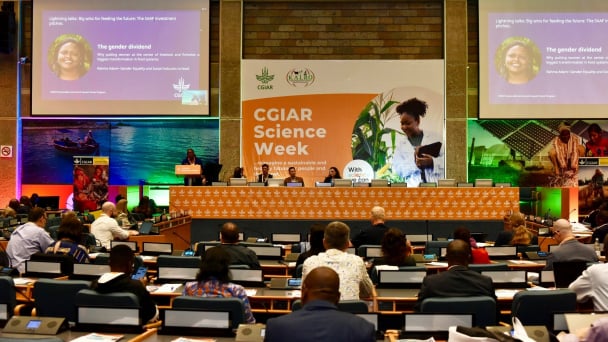
(VAN) The CGIAR’s Sustainable Animal and Aquatic Foods (SAAF) program represents a new approach that emphasizes the transformation of food systems toward sustainability.
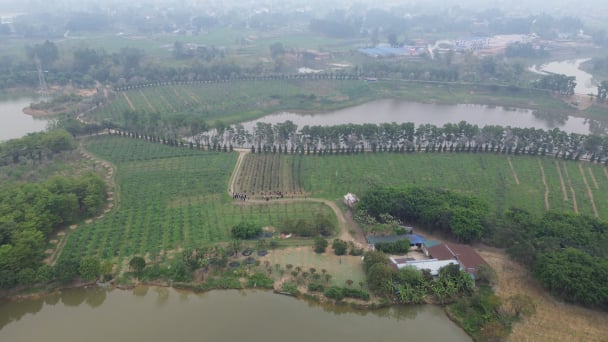
(VAN) Scientists assume that industrial agriculture has been 'outdated.' As a result, a comprehensive overhaul or a revolution in the direction of embracing ecological agriculture is needed.
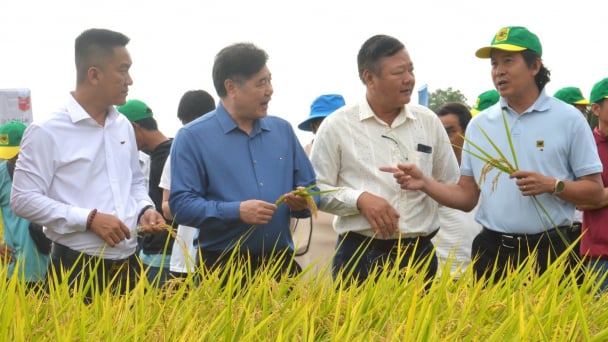
(VAN) The results from pilot fields are catalyzing the expansion of the One million hectares of high-quality, low-emission rice project in Kien Giang.
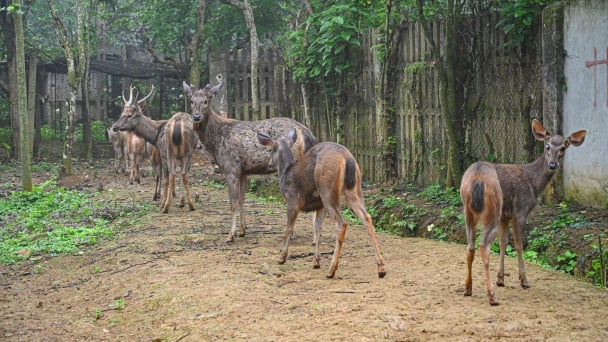
(VAN) On the morning of April 11, Cuc Phuong National Park received 18 individuals of endangered and rare wild animals from Da Nang city.
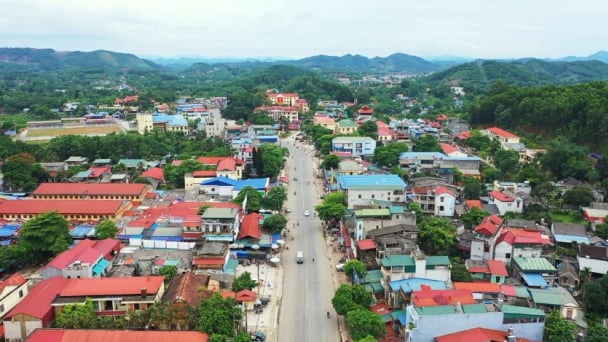
(VAN) FAO supports Vietnam in enhancing survey sampling techniques for the 2025 nationwide agricultural and rural census.
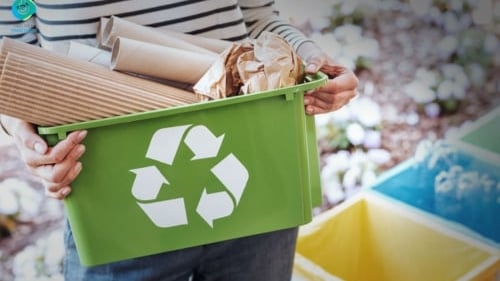
(VAN) By participating in the green transition, manufacturers become an indispensable part of the circular economy, contributing to resource optimization and environmental protection.
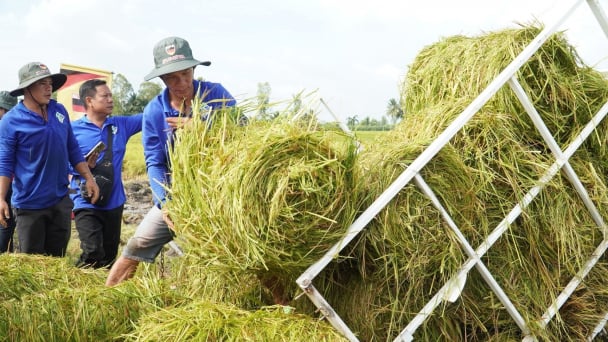
(VAN) The One Million Hectares of High-Quality and Low-Emission Rice Program can generate nearly 14 million tons of straw annually, posing an urgent requirement to diversify straw-based products.